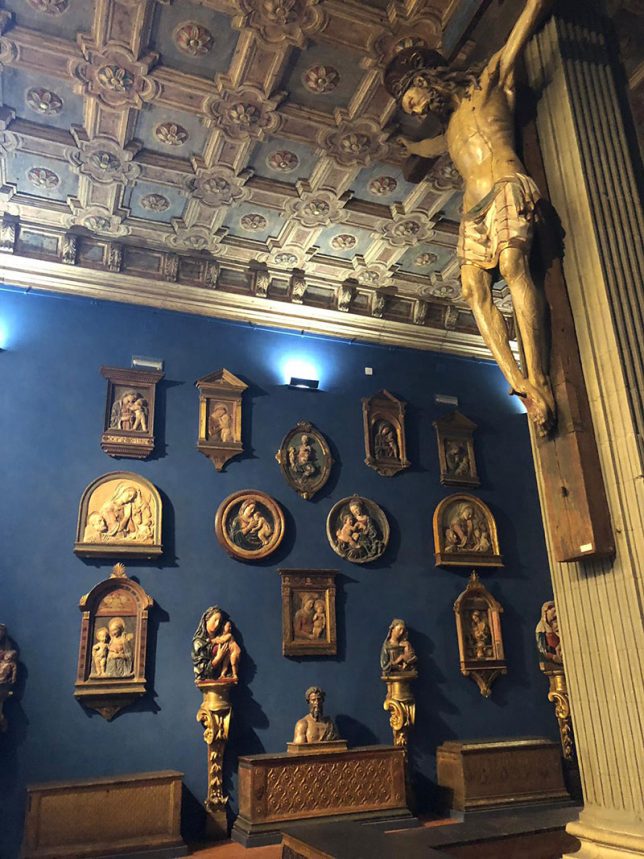
The Stefano Bardini Museum Museology Reviews
Il Museo prende il nome dal suo ideatore Stefano Bardini (1836-1922), fra i più autorevoli antiquari italiani, che dopo anni di intensa attività commerciale decise di trasformare la propria collezione in museo e di donarla al Comune di Firenze. Si consiglia la prenotazione on line sul sito ufficiale della biglietteria bigliettimusei.comune.fi.it

The Stefano Bardini Museum Museology Reviews
Museo Bardini Stefano Bardini (1836-1922) was an Italian connoisseur and art dealer in Florence who specialized in Italian paintings, Renaissance sculpture, cassoni and other Renaissance and Cinquecento furnishings and architectural fragments that came on the market during the urban regeneration of Florence in the 1860s and 70s. [1]

Museo Stefano Bardini Musei Musei civici Fiorentini Musei di Tutti
The Stefano Bardini Museum is frequented by visitors and scholars from all over the world for the unique appeal of its collection and layout. The building has faithfully maintained the original layout designed by Stefano Bardini, an erudite connoisseur of the arts and an immensely skilled and somewhat unscrupulous antique dealer who donated his collection to Florence in 1922.
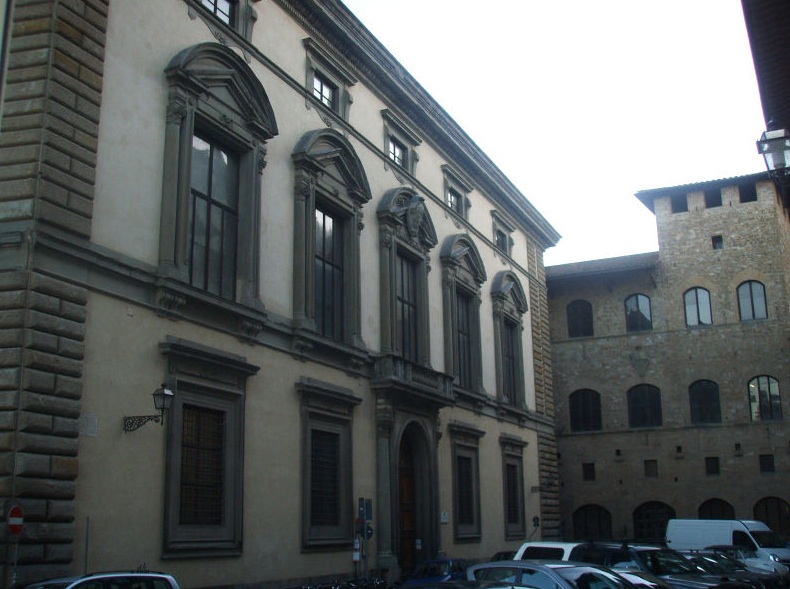
Museo Stefano Bardini Florence Art & Culture App
What is Museo Stefano Bardini? Museo Stefano Bardini is a museum with over 3,600 pieces, including works from Donatello and the della Robbia brothers, assembled by a discerning 19th-century antiquarian and art collector. sailko, CC BY 4.0, via Wikimedia Commons Museo Stefano Bardini History His name may not have the renown of the Renaissance masters or their patrons, but noted 19th-century.
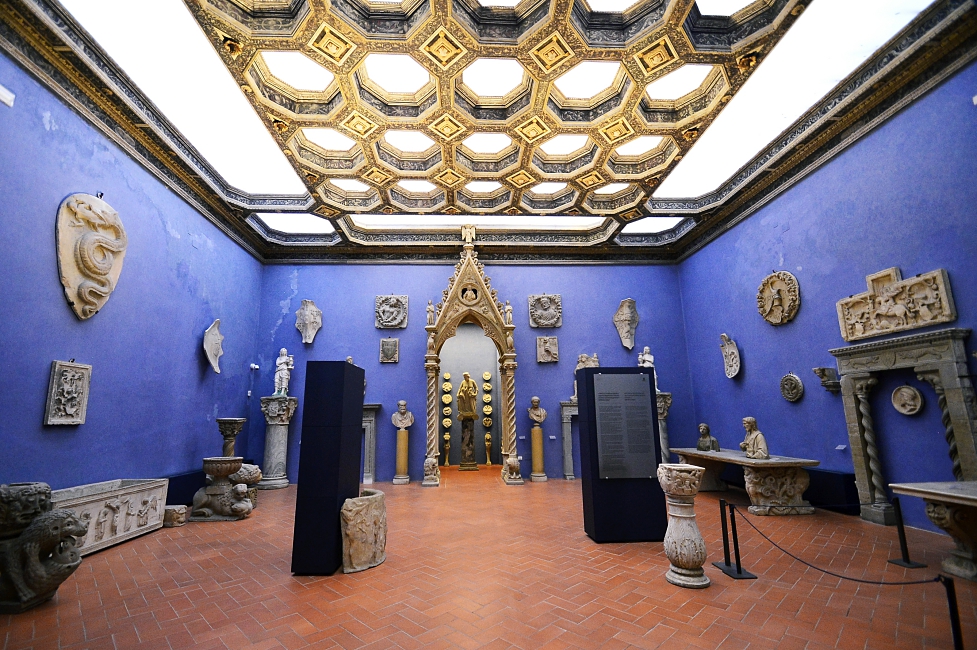
museums of Florence 2 Stefano Bardini Museum Within Florence
Stefano Bardini was born in 1836 in Pieve Santo Stefano, in the province of Arezzo. Bardini moved to Florence to start his studies at the Fine Arts Academy. At the Accademy he attended painting classes run by Giuseppe Bezzuoli, the leader of Romanticism in Florentine painting.
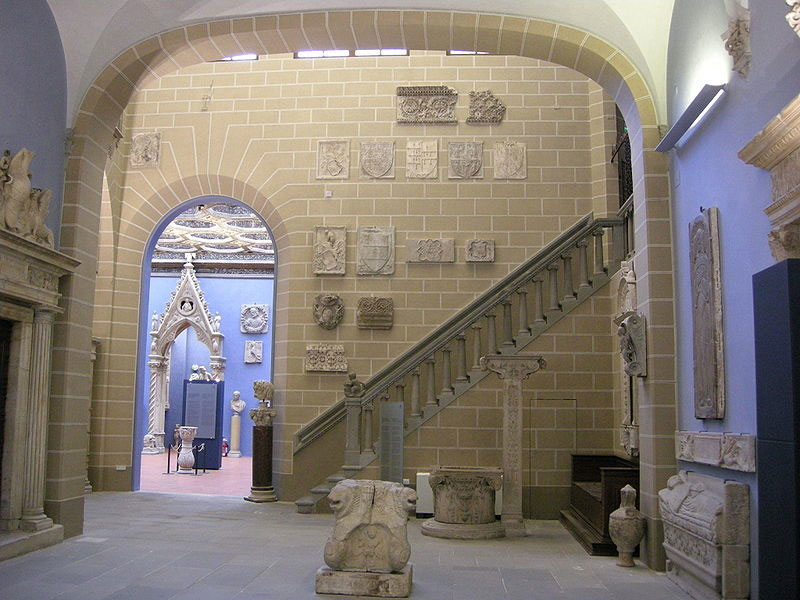
Bardini Museum Florence
The museum is named after its creator, Stefano Bardini (1854-1922), the most authoritative Italian antiquarian, who transformed his collection into a museum.The Museo Bardini houses over 2,000 items, including sculptures, paintings and the applied arts, from ancient art to the eighteenth century, with the majority from Middle Ages and Renaissance.
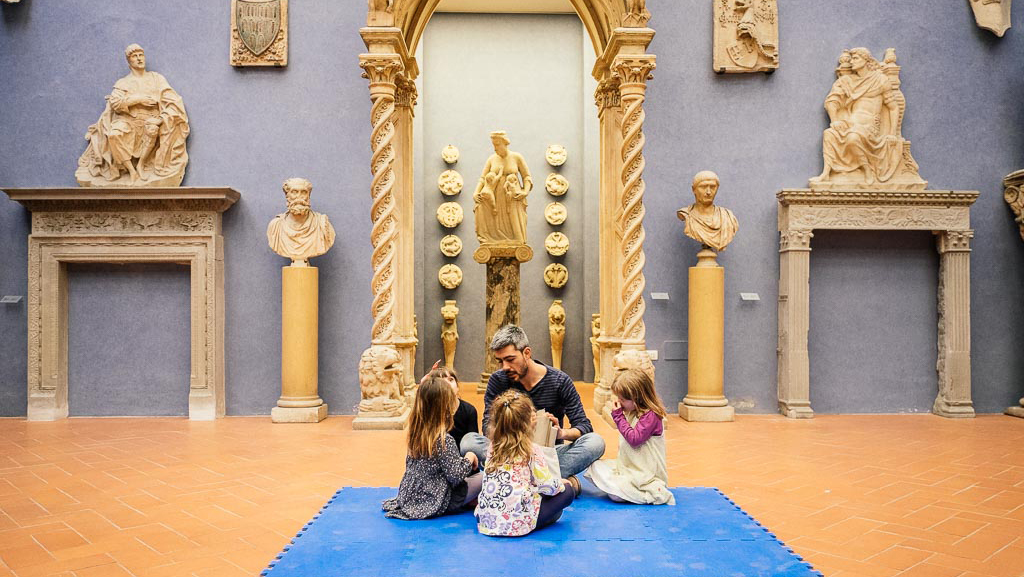
Museo Stefano Bardini Feel Florence
Stefano Bardini (1836-1922) è stata una figura di spicco nella Firenze di fine Ottocento e fu definito da tutti come il "Principe degli Antiquari". La sua capacità di scoprire opere d'arte, acquistarle a prezzi irrisori e venderle triplicando il loro valore, lo fece diventare una delle figure più autorevoli nel panorama internazionale.

Visit the Bardini Museum in Florence Stefano Bardini Museum in Florence
Museo Stefano Bardini . Opening Hours & Tickets. The museum takes its name from its creator Stefano Bardini (1836-1922), amongst the most prominent Italian antiquarians, that after being a merchant for several years, decided to turn his private collection into a museum and to donate it to the Municipality of Florence.
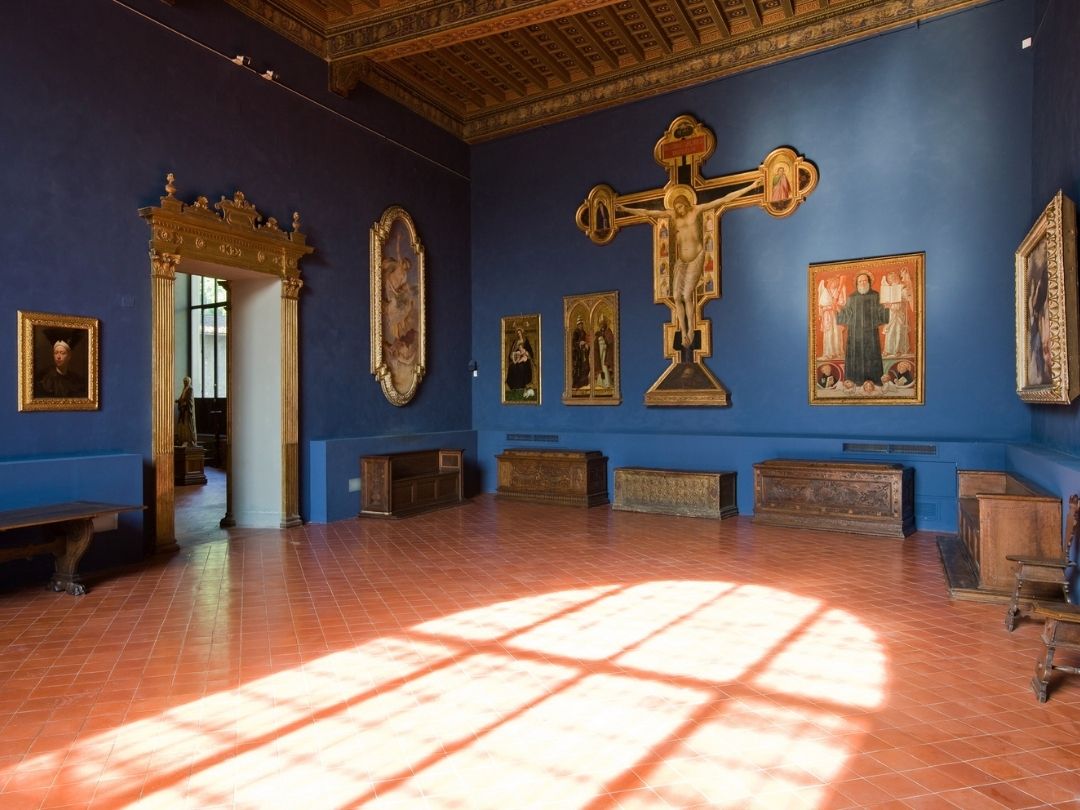
Il Museo Bardini abstrART
A little history of the Bardini Museum. Stefano Bardini built in 1880 the building that houses the museum that currently bears his name. Bardini bought a complex of buildings of the period, including the sanctuary church of San Gregorio della Pace, built between 1273 and 1279, which was sold and transformed years later into an imposing eclectic building using scrap materials such as medieval.
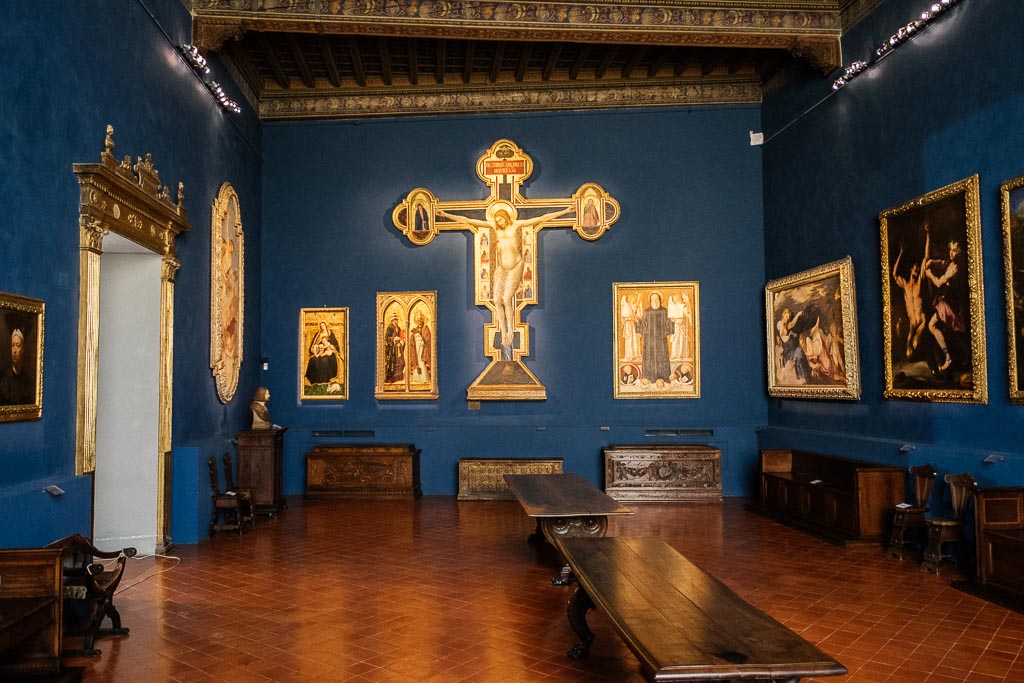
» I nostri luoghi Museo Stefano Bardini Muse Firenze
Address Collection of old chests The museum is situated in a fine building refurbished by Stefano Bardini at the end of the 18th century and donated by its owner to the Muicipal Administration of Florence in 1922. Bardini was a famous art dealer who collected objects of different periods and of high quality.
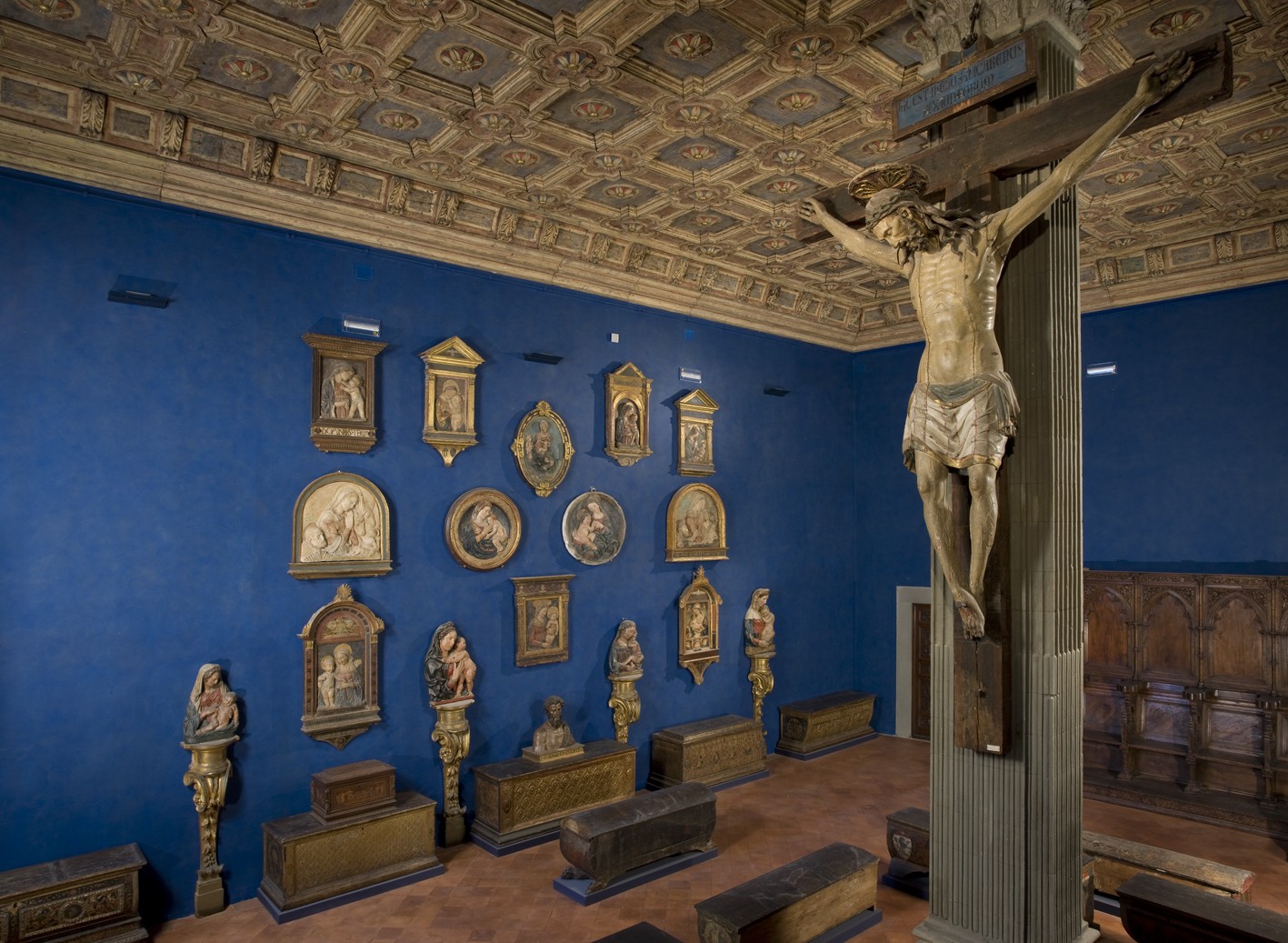
Museo Stefano Bardini Firenze Card
Museo Mangini Bonomi, Milan: See 17 reviews, articles, and 22 photos of Museo Mangini Bonomi, ranked No.329 on Tripadvisor among 1,711 attractions in Milan.. such as the V&A in London and the Bargello and the Museo Bardini (both in Florence), and the idea of a museum of "how people lived in the past" was intriguing, this display of artefacts.
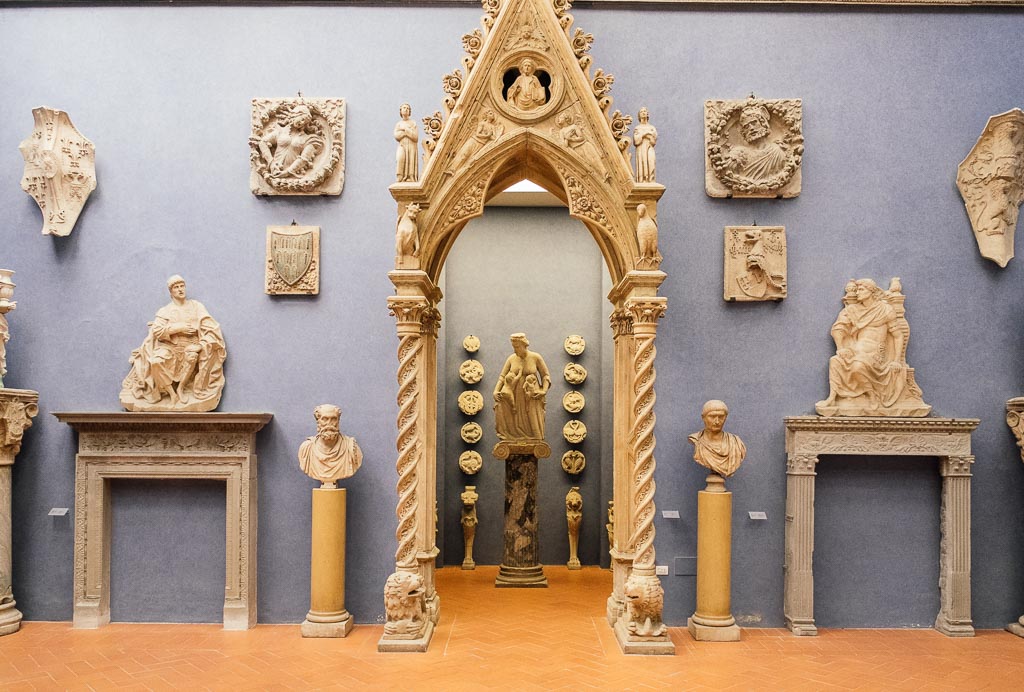
» I nostri luoghi Museo Stefano Bardini Muse Firenze
The staff was very welcoming and I was shown the museum. To be honest, although I love museums of "things", such as the V&A in London and the Bargello and the Museo Bardini (both in Florence), and the idea of a museum of "how people lived in the past" was intriguing, this display of artefacts was less than compelling. Too many things.

Stefano Bardini and his museum Feel Florence
I Musei Civici Fiorentini sono costituiti da una ricchezza e da una varietà articolata di collezioni custodite per la maggior parte in edifici antichi: il Museo di Palazzo Vecchio, il Museo di Santa Maria Novella, la Fondazione Salvatore Romano presso il cenacolo di Santo Spirito, il Museo Stefano Bardini e il Museo Novecento presso l'antico Spe.

Museo Stefano Bardini (Florence) 2021 All You Need to Know BEFORE You Go (with Photos
Museo Stefano Bardini Conserva l'allestimento originale voluto da Stefano Bardini, abile antiquario che nel 1922 donò a Firenze la sua collezione. Da non perdere: la Carità di Tino di Camaino, la Madonna della Mela e la Madonna dei Cordai di Donatello, il San Michele Arcangelo del Pollaiolo, L'Atlante del Guercino. Biglietto 5.50 euro

Museo Bardini Visitas, horario, precio y ubicación en Florencia
A fascinating bit of history in itself; as noted in the plaque next to the entrance, it originated as a church and convent built in 1273 by Gregorio X to celebrate peace between the warring Guelfs and Ghibellines.

Firenze Museo Stefano Bardini
Museo Stefano Bardini. The museum has faithfully maintained the original layout designed by Stefano Bardini, a celebrated antique dealer who donated his collection to Florence in 1922. Don't miss: Tino di Camaino's Charity, Donatello's Madonna of the Apple and Madonna of the Ropemakers, Pollaiolo's St. Michael the Archangel or Guercino's Atlas.